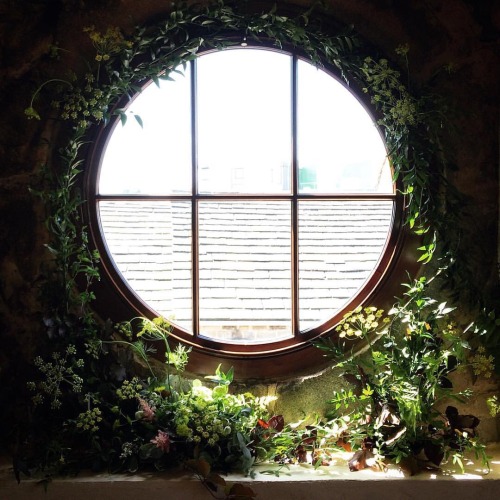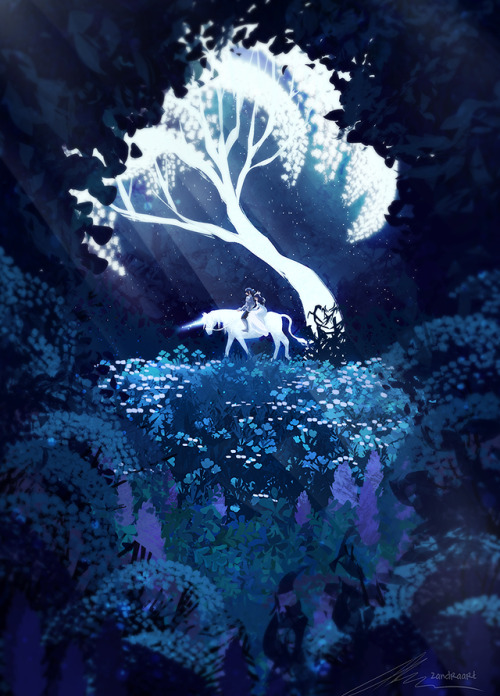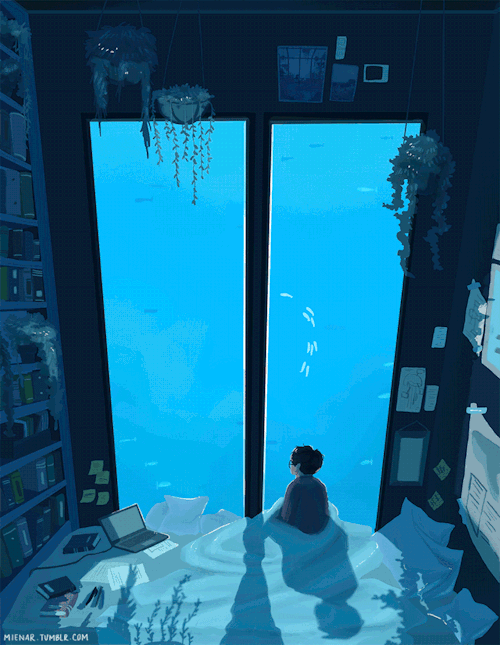Latest Posts by copperfingertips - Page 7
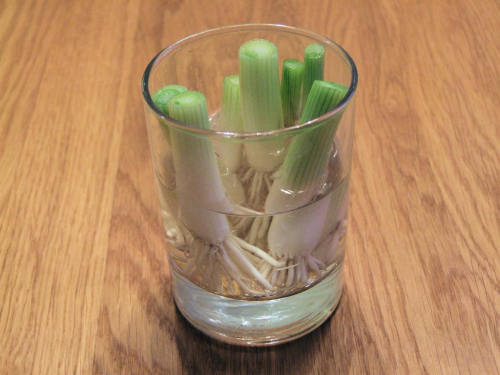
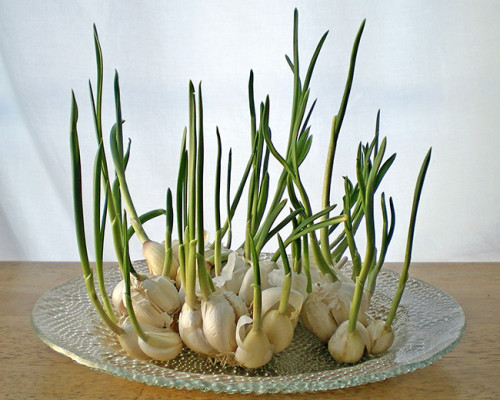
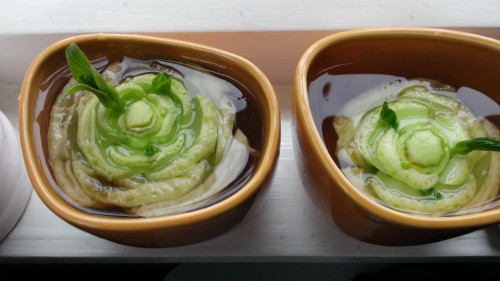

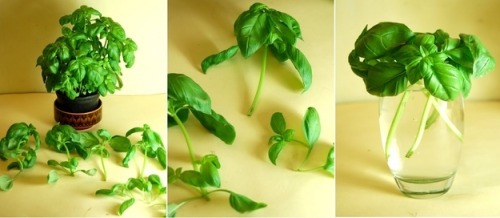

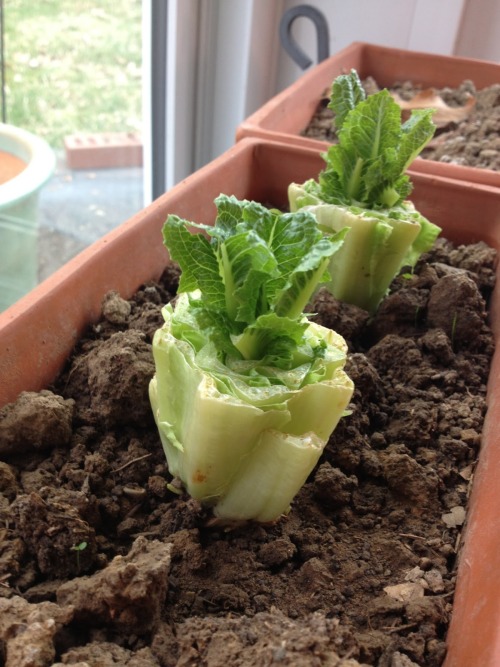
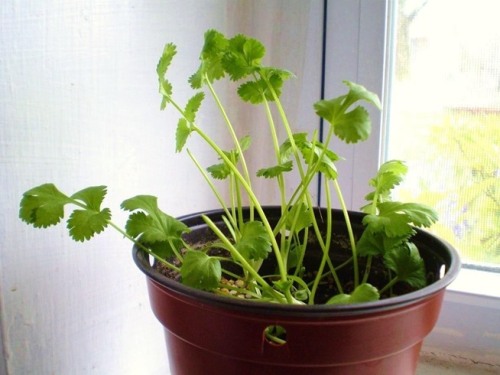
8 vegetables that you can regrow again and again.
Scallions
You can regrow scallions by leaving an inch attached to the roots and place them in a small glass with a little water in a well-lit room.
Garlic
When garlic begins to sprout, you can put them in a glass with a little water and grow garlic sprouts. The sprouts have a mild flavor than garlic and can be added to salads, pasta and other dishes.
Bok Choy
Bok choy can be regrown by placing the root end in water in a well-lit area. In 1-2 weeks , you can transplant it to a pot with soil and grow a full new head.
Carrots
Put carrot tops in a dish with a little water. Set the dish in a well-lit room or a window sill. You’ll have carrot tops to use in salads.
Basil
Put clippings from basil with 3 to 4-inch stems in a glass of water and place it in direct sunlight. When the roots are about 2 inches long, plant them in pots to and in time it will grow a full basil plant.
Celery
Cut off the base of the celery and place it in a saucer or shallow bowl of warm water in the sun. Leaves will begin to thicken and grow in the middle of the base, then transfer the celery to soil.
Romaine Lettuce
Put romaine lettuce stumps in a ½ inch of water. Re-water to keep water level at ½ inch. After a few days, roots and new leaves will appear and you can transplant it into soil.
Cilantro
The stems of cilantro will grown when placed in a glass of water. Once the roots are long enough, plant them in a pot in a well-lit room. You will have a full plant in a few months.
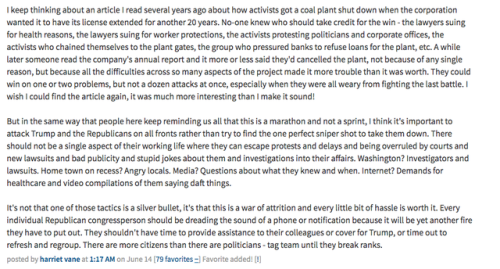
I keep thinking about an article I read several years ago about how activists got a coal plant shut down when the corporation wanted it to have its license extended for another 20 years. No-one knew who should take credit for the win - the lawyers suing for health reasons, the lawyers suing for worker protections, the activists protesting politicians and corporate offices, the activists who chained themselves to the plant gates, the group who pressured banks to refuse loans for the plant, etc. A while later someone read the company’s annual report and it more or less said they’d cancelled the plant, not because of any single reason, but because all the difficulties across so many aspects of the project made it more trouble than it was worth. They could win on one or two problems, but not a dozen attacks at once, especially when they were all weary from fighting the last battle. I wish I could find the article again, it was much more interesting than I make it sound! But in the same way that people here keep reminding us all that this is a marathon and not a sprint, I think it’s important to attack Trump and the Republicans on all fronts rather than try to find the one perfect sniper shot to take them down. There should not be a single aspect of their working life where they can escape protests and delays and being overruled by courts and new lawsuits and bad publicity and stupid jokes about them and investigations into their affairs. Washington? Investigators and lawsuits. Home town on recess? Angry locals. Media? Questions about what they knew and when. Internet? Demands for healthcare and video compilations of them saying daft things. It’s not that one of those tactics is a silver bullet, it’s that this is a war of attrition and every little bit of hassle is worth it. Every individual Republican congressperson should be dreading the sound of a phone or notification because it will be yet another fire they have to put out. They shouldn’t have time to provide assistance to their colleagues or cover for Trump, or time out to refresh and regroup. There are more citizens than there are politicians - tag team until they break ranks.
This Metafilter comment is good and smart and makes me feel better about the work ahead of us.
Can I watch a great film knowing the actresses in it were terrorized and mistreated the entire time? Can I watch a football game knowing that the players are getting brain injuries right before my eyes? Can I listen to my favorite albums anymore knowing that the singers were all beating their wives in between studio sessions? Can I eat at the new fancy taco place knowing when the building that used to be there got bulldozed eight families got kicked out of their homes so they could be replaced with condos and a chain restaurant? Can I wear the affordable clothes I bought downtown that were probably assembled in a sweatshop with child labor? Can I eat quinoa? Can I eat this burger? Can I drink this bottled water? Can I buy a car and drive to work because I’m sick of taking an hour each way on the subway? Whose bones do I stand on? Whose bones am I standing on right now?



Printed Solar Bio-Batteries
Led by biotechnologist Marin Sawa, a group of researchers at Imperial College London have devised a way to print solar cells onto paper. They use an inkjet printer to place a conductive layer of carbon nanotubes and a layer of living cyanobacteria to create devices which can capture and store solar energy.
In their proof-of-concept experiment, the cyanobacteria survived the printing process and were able to produce energy from photosynthesis. The trial panel was palm sized and gave enough energy to power a small LED light. Even better, being little more than paper, carbon, and bacteria, the bio-cells are fully biodegradable.
The work is part of an emerging field of science called microbial biophotovoltaics (presumably related to the biovoltaics I’ve mentioned here before) which uses algae and cyanobacteria to generate energy. The energy generated may be small, but it’s also cheap and easy to manufacture, and the microbes can continue generating electricity after dark, using compounds made during daylight.
The bio-batteries aren’t intended to replace standard photovoltaics for large scale energy production. Instead, they can provide an inexpensive and renewable source of energy for specific uses, such as air quality monitors and healthcare applications.
“Imagine a paper-based, disposable environmental sensor disguised as wallpaper, which could monitor air quality in the home. When it has done its job it could be removed and left to biodegrade in the garden without any impact on the environment.” – Marin Sawa
Sawa et al (2017) – open access
Right to Darkness/Right to Night
Human beings have lived with a relatively strict day/night cycle for as far back as humans have been around. Yes, there was fire, but the rooms were still relatively dim, and outside was almost always just lit by the moon. Daily darkness, where not much could get done has been a part of human culture and biology forever.
Now we have the problem of light polution, where the light of electricity spreads everywhere and then you can’t see the stars at night in the cities. Obviously it’s good that we have electric lights. There are many people who want to be out doing things at night. But it’s also a problem, because for most, nightime is a time of calm and processing the day, and it can be difficult for the human brain to know that it’s time for that to happen if it has too much light coming at it.
I think in Solunarpunk societies, people would have a recognized right to darkness/night, that made itself apparent in the design of light sources and buildings, so that anyone who wanted to could enjoy the dark, cool, and quiet regardless of where they live.
This could manifest as rules about how streetlights can be made, so that the designs that are used are the ones that have the least amount of light seepage
Possibly different light zones, so the bars and clubs and other nightime activity stuff is all in one area, so those people can be safely lit, while other neighborhoods have street lights that only come on if someone is walking there, and are as unobtrusive as possible, so that people can stargaze and sleep in peace.
Inside houses, there might be automatic window darkeners that activate whenever you turn on a light, so the outside isn’t affected, that then turn transparent when the light is off for long enough.
Most houses would have smart lighting with a “night mode” that kept the lighting warmer and dimmer. If you had no lights on, red floor lights will turn on if it senses you moving so you can see where you’re going in safety.
Or maybe people just start using their night vision for more things. People just don’t turn on the lights at night if they don’t have to.
I imagine that in a right to night would also mean that it would be expected that work ends at sunset. People are free to pursue their own passions at night, and are free of daytime responsibilities. No one could pressure someone to stay later than they wanted to, but especially after sunset, because that would be extremely rude and people would call them out for it.
Stargazing would become an important family activity. Children would grow up knowing the names of all the constellations they could see, as well as the names of the planets and the stars. A sense of wonder about our universe would begin to arise again in our society.
Any moon bases built in the future would be on the side of the moon that always faces away from us, just in case the light could be seen at night. There would be observation sites on the side facing Earth that are too small to be seen, but are connected to each other underground. These observation sites would be open and available all the time, for anyone to come and marvel at the beauty of our home planet.
Little things that help moods:
- getting enough sunshine - opening the curtains - eating regular meals - short walks with your favourite music - don’t stay up until 3am - don’t try to relate to tumblr text posts - get off tumblr/social media if it’s unhealthy - shower - don’t stay in bed the whole day - plan out your day - listen to music - change your clothes - set yourself small goals - say yes to fun events - drink water, it takes 5 seconds - talk to a close friend - remind yourself: a bad mood can lie to you - you’re not unwanted or hopeless - you deserve love so be nice to yourself
Basil, How To Grow More Than You Can Eat - Gardening at 58 North
~~~
Things I learned today #6
You can buy a single basil plant for around $5 or less, and take cuttings forever. Basil is an amazing plant and can be used for a lot of things! Including pesto, which you can make at home with a morter and pestal! (https://youtu.be/6-dOZezSwwM)
What is Lunarpunk?
So far, I feel like solarpunk has been the thing that’s well defined in terms of what it means to people. It is not just an aesthetic, it is a vision for the future, and an activist methodology. Learning how to grow your own food in your backyard in a bucket in 2018 is just as solarpunk as delicate and elaborate solar jewelry that also functions as your phone.
This is the same with lunarpunk. There are things you can do now in your life that are anti-capitalist and punk and easily accessible, and there are beautiful aesthetics that capture the feeling we want our future society to have.
I believe that lunarpunk is the other side of the coin of a solarpunk society, and that a fully solarpunk society without its lunar counterpart wouldn’t be complete. That in every person there are two parts and those parts correspond with the day and the night.
Daytime is a time meant for experiencing this world. Science is a daytime thing, and so is getting your errands done and making phone calls. The sun illuminates our world in such brightness that it can’t and shouldn’t be ignored.
On the flipside, nighttime is for spirituality, and transcending this world. It is for experiencing art and stories and music and integrating them into our selves. Its for getting high. Its for watching the moon and the stars and contemplating your place in the universe, and it is for dreams.
Human beings need both sides of this coin. They need both science and spirituality in their lives. I think that right now (at least in the US) people focus too much on the daytime sides of themselves, and neglect their more personal and spiritual needs.
Now, solunarpunk definitely resembles this philosophy that I have. On solarpunk blogs you get lots of articles about the newest scientific breakthrough, and gardening tips. However it also delves into lunarpunk territory a bit, with the emphasis on beauty and happiness and art being Incorporated into almost every design that I see for the future. I think that this is great, and we can not completely separate the sides of the world. There has to be bleedthrough or else it just ends up with two different cultures. I think that the solarpunk community on tumblr is very well balanced.
However, lunarpunk is a little bit less understood, because in western society, individual spirituality isn’t a bit priority. This means that there are way less lunarpunk blogs than solarpunk blogs. Those that I have seen have been mostly posting about aesthetic, and stories about the distant future. Again, this is great! I love seeing all of that stuff! But I want to post more about the things we can today to become lunarpunk, the way that there are gardening tips on solarpunk blogs.
Well, this was a good talk. Now I have something to look back on if I get confused about what I’m supposed to be doing. Hopefully someone got something out of this.
Everyone should garden
Sometimes when I’m talking to people about sustainability they’re like, “well, not everyone wants to garden” and it’s like, on the one hand I’m sure that’s true because of the diversity of the human experience means that someone out there would hate gardening no matter what.
But on the other hand…. what???? Why would someone NOT want to experience the miracle of life and then have the freshest ingredients possible to cook with??? All while releasing no green house gasses and being super cheap???
Humans have literally lived forever surrounded by plants with cultivating plants as a vital part of how we have lived for thousands of years and you’re telling me that we should stop doing that because some people don’t like to garden??
Gardening isn’t a hobby! It’s a way of life that we all need to be living if we can because our current way of life is unsustainable! Also everyone that can garden should so we can support the people who can’t. Gardening is what made us human and we can’t stop now.
